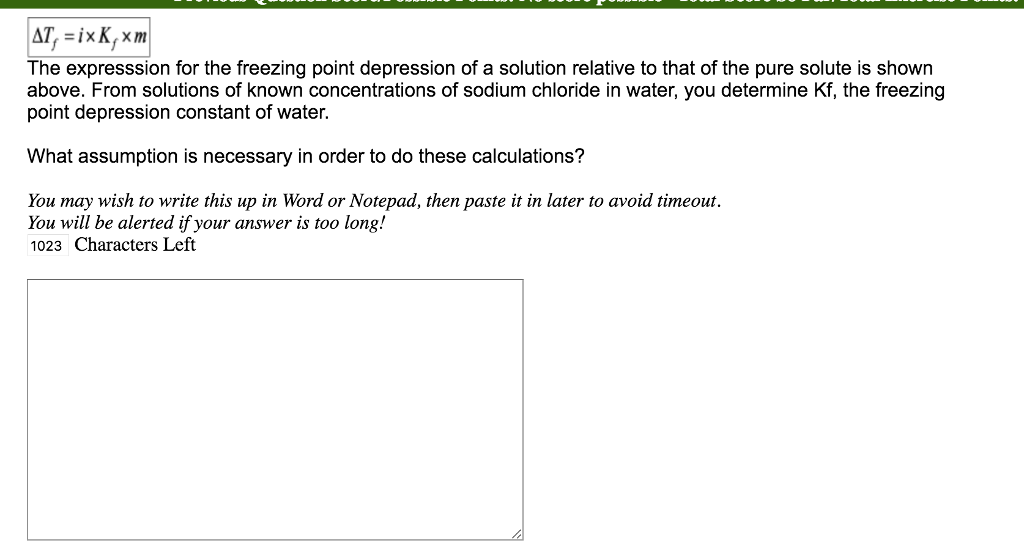


The glass transition temperature of amorphous mannitol measured from the quench-cooled melt is approximately 13 degreesC. The threshold concentration above which crystalline mannitol is detected in the freeze-dried solid by X-ray diffraction is consistently about 30% (w/w) when a second, noncrystallizing solute is present, regardless of the nature of the second component. Fast freezing of 5% (w/v) mannitol results primarily in the beta form. Slow freezing of 10% (w/v) mannitol produces a mixture of the alpha and beta polymorphs, whereas fast freezing of the same solution produces the delta form. Both freezing rate and mannitol concentration influence the crystal form of mannitol in the freeze-dried solid when mannitol is present as a single component.

The objectives of this study were to (1) measure the effects of freezing rate and mannitol concentration on the physical state of freeze-dried mannitol when mannitol is present as a single component, (2) determine the relative concentration threshold above which crystalline mannitol can be observed by X-ray powder diffraction in the freeze-dried solid when a variety of noncrystallizing solutes are included in the formulation, and (3) measure the glass transition temperature of amorphous mannitol and to determine the degree to which the glass transition temperature of freeze-dried solids consisting of mannitol and a disaccharide is predicted by the Gordon-Taylor equation.


 0 kommentar(er)
0 kommentar(er)
